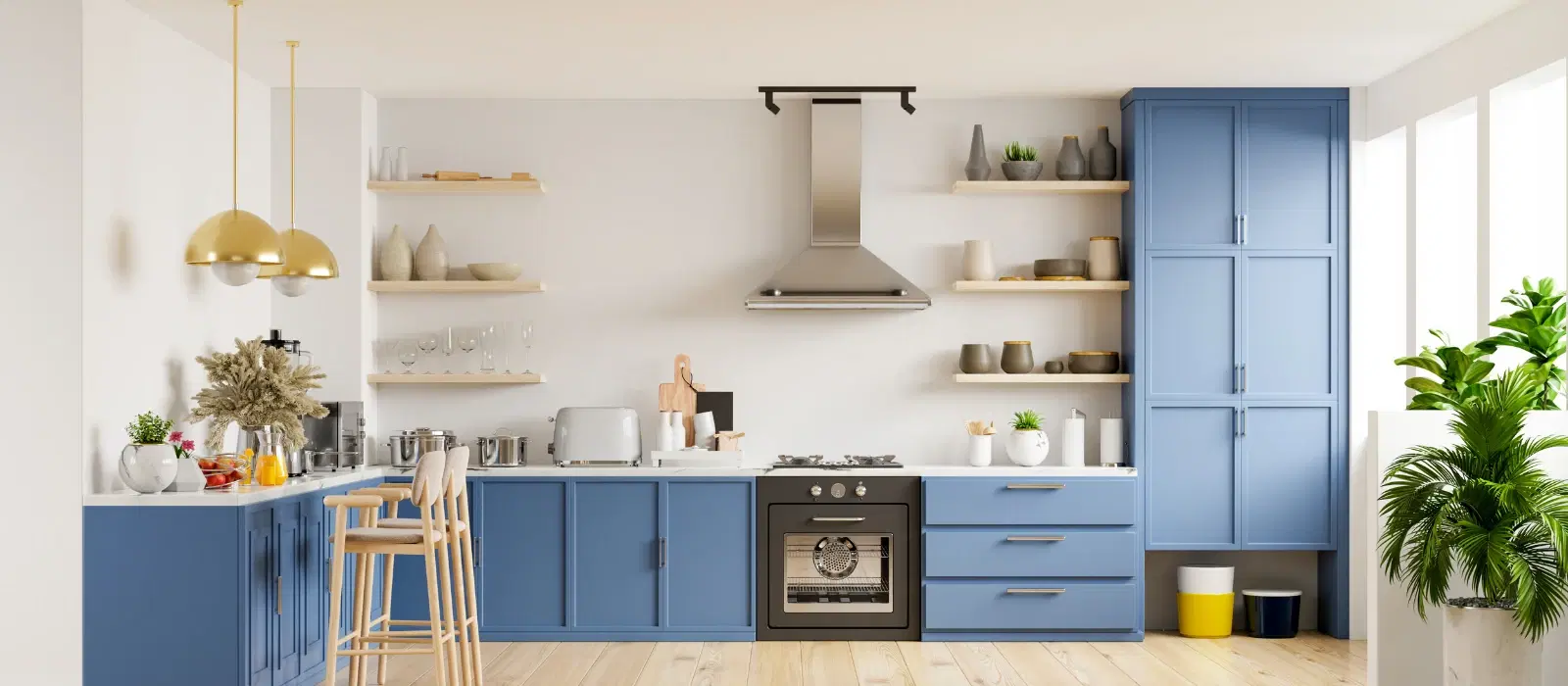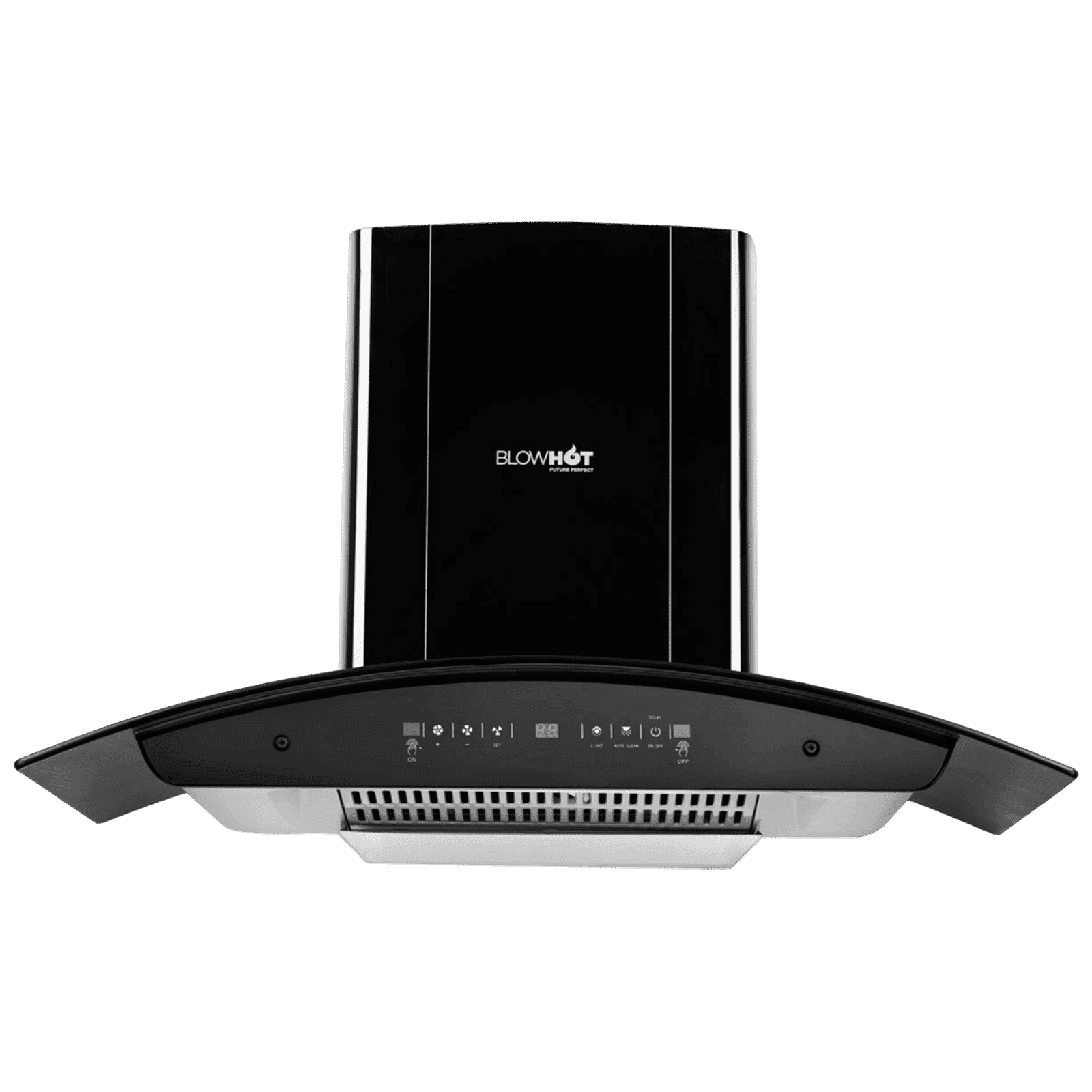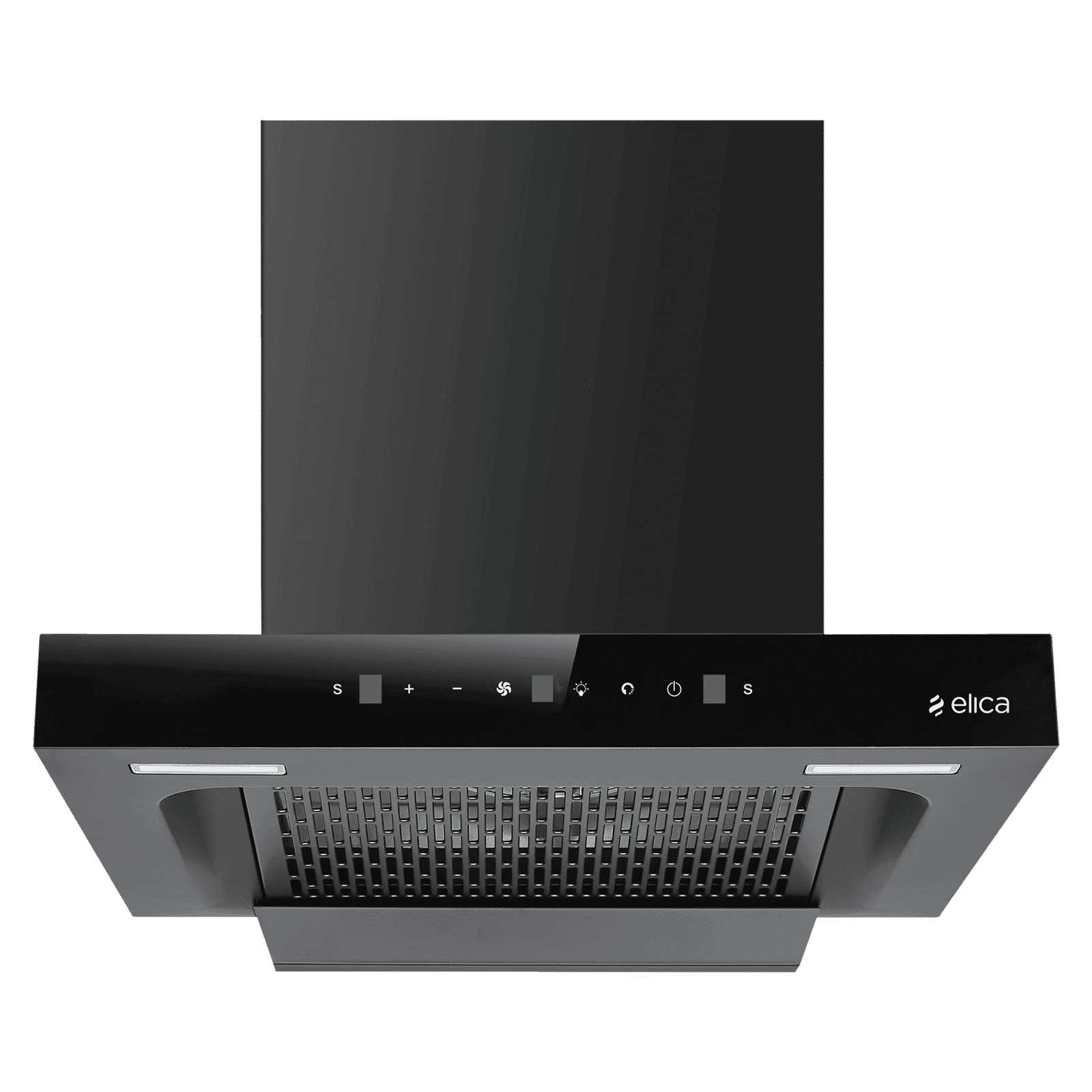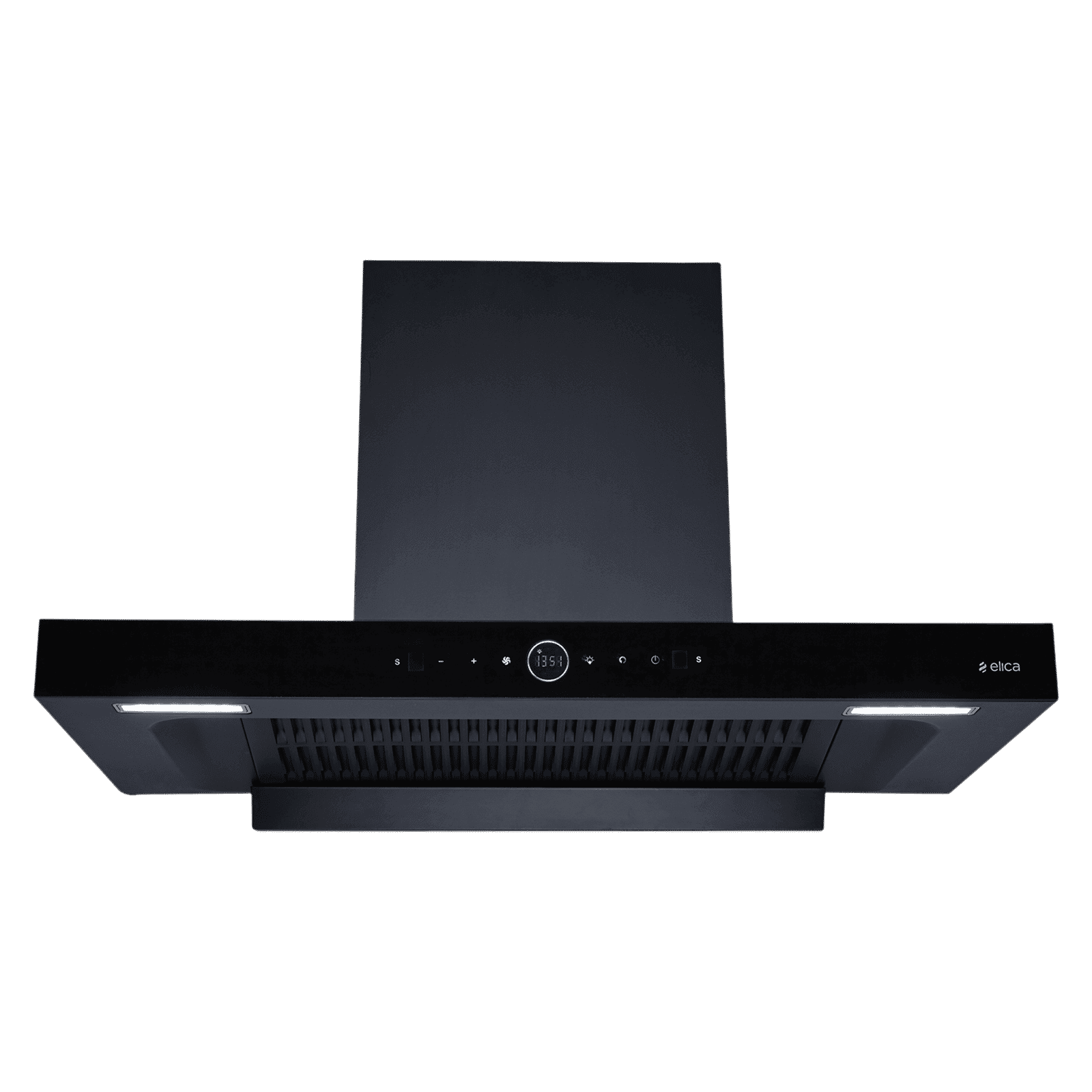
Home Appliances
•04 min read

Buy BLOWHOT ERICA TAC MS PLUS 90cm 1450m³/hr Ductless Auto Clean Wall Mounted Chimney with Motion Sensor (Black) online at best prices from Croma. Check product details, reviews & more. Shop now!
Did you know that the height of your chimney can significantly impact its efficiency and safety? Whether in your cozy kitchen or inviting living space, getting the dimensions right is crucial for ensuring proper ventilation, draft performance, and overall safety. In this comprehensive checklist, you'll discover actionable steps and guidelines to help you determine the optimal chimney standard height for your setup, ensuring compliance and peace of mind.
The term 'chimney standard height' refers to the specific measurement required to achieve efficient ventilation and draft in your household setup. This measurement is vital not only for the proper flow of smoke and fumes but also to safeguard against common issues such as smoke backflow and inadequate air circulation. Getting the chimney height right means a safer and more efficient heating or cooking experience, no matter the appliance.
One of the easiest ways to ensure your chimney meets the necessary standards is by following the 3/2/10 rule. This simple guideline states that your chimney must extend 3 feet above the roofline and be 2 feet taller than any nearby obstruction within a 10-foot radius. Adhering to this rule helps maintain a robust draft and prevents the backflow of smoke, ensuring that your chimney operates as intended.
Determining the ideal chimney height varies depending on where and how it's used. For example, kitchen chimneys typically require a height set at 24 to 30 inches above the cooktop, ensuring effective smoke and odor extraction. Meanwhile, wood stoves and fireplaces have their unique requirements, often measured in inches or feet, to optimise the draft and enhance safety. Understanding these specific measurements will help you tailor your installation perfectly.
One must consider clearances when planning the installation of a chimney. There should always be a safe gap between the chimney and any surrounding structures such as ceilings, walls, or other appliances. Maintaining a minimum clearance of 24 inches from the ceiling is a common practice that ensures both safety and operational efficiency. These guidelines help prevent potential heat-related damage or fire hazards.
Ventilation is another critical factor influenced by the chimney standard height. A properly measured chimney encourages the optimal flow of air, which is especially important in kitchen setups where smoke and heat need to be quickly directed away. This setup not only improves the overall air quality in your home but also supports energy efficiency by reducing the need for additional ventilation aids.

Buy elica SPT FL 600 BLDC HAC LTW MS NERO 60cm 1500m3/hr Ducted Auto Clean Wall Mounted Chimney with Motion Sensor Control (Black) online at best prices from Croma. Check product details, reviews & more. Shop now!
When planning your kitchen setup, it's imperative to adhere to recommended dimensions for a standard Kitchen Chimney. Typically, these chimneys are positioned 24 to 30 inches above the cooktop. This placement provides the best balance between effective smoke extraction and maintaining a sleek, unobtrusive aesthetic in your kitchen. Alongside these dimensions, ensuring the spatial compatibility with your stove further enhances the overall performance.
This section is all about practical advice for a seamless chimney installation. Begin by using precise tools and measurements to avoid common pitfalls such as misalignment or inadequate clearances. Double-check all measurements against the 3/2/10 rule, and ensure that all surrounding areas are adequately protected to prevent any installation mishaps. This methodical approach can save you from costly adjustments later.
Positioning plays a significant role in achieving the desired efficiency. The chimney should be placed where it can effectively capture the rising heat and direct it away from living spaces. In kitchen installations, the proximity to the cooking area is essential but must be balanced with safety requirements. By optimising placement, you not only enhance ventilation but also support a more stable draft for your appliances.
Even after installation, small adjustments might be necessary to align with the 3/2/10 rule or to resolve unforeseen draft issues. Regularly checking and measuring your chimney height ensures that any discrepancies are promptly corrected, avoiding interruptions in performance. Regular maintenance and thoughtful adjustments can greatly prolong the lifespan and efficiency of your chimney setup.
Pro Tip
Did you know? Following the 3/2/10 rule not only ensures proper draft but also helps prevent costly repairs caused by smoke backflow or poor ventilation. Always measure your chimney height carefully during installation.
For those who appreciate precision, modern chimney height calculators simplify the planning process, taking the guesswork out of measuring. These tools are especially helpful for unique or challenging installations, allowing you to input various parameters and receive tailored recommendations for the chimney standard height specific to your needs.
The range of acceptable chimney heights can vary based on the appliance in use. Generally, wood stoves and fireplaces have defined minimum and maximum height guidelines that ensure optimal performance. Sticking within these ranges not only promotes a safe environment but also enhances the draft, reducing the risk of operational issues.

Buy elica SPT MAX PRO PLUS FL 900 BLDC HAC LTW MS NERO FULL GRILL 90cm 1600m3/hr Ducted Wall Mounted Chimney with Motion Sensor Control (Black) online at best prices from Croma. Check product details, reviews & more. Shop now!
Modern home appliances, such as advanced exhaust systems or efficient kitchen stoves, require precise integration with your chimney installation. Specific adjustments to the chimney height help in aligning with the appliance installation requirements, ensuring a seamless operation and successful integration of both traditional and modern technologies.
The 3/2/10 rule states that the chimney must be at least 3 feet above the roofline and 2 feet higher than any structure within a 10-foot radius to ensure proper draft.
The chimney should maintain a clearance of at least 24 inches from the ceiling for safety and optimal ventilation.
The standard height for a Kitchen Chimney is generally 24–30 inches above the cooktop, ensuring effective smoke and odor extraction.
You can use a chimney height calculator or follow the 3/2/10 rule, ensuring your chimney meets the necessary ventilation guidelines and prevents issues like smoke backflow.
Regular measurements and adjustments based on performance feedback help maintain optimal draft efficiency and compliance with safety guidelines.
Understanding and maintaining the correct chimney standard height is essential for the safety, efficiency, and longevity of your home appliances. By adopting the checklist provided, you can confidently set up or adjust your chimney to meet both operational and safety standards. This careful approach ensures that both ambiance and functionality go hand in hand, while also highlighting the benefits of advanced chimney management strategies. Trust that with the right installation tips and optimal placement guidance, your living space will be both elegant and efficient.